Surface plasmon resonance (SPR) is an essential tool in microbiology. It allows researchers to study molecular interactions in real time without needing labels. By measuring changes in refractive index, SPR provides valuable data on protein interactions, binding affinities, and kinetic properties. An example application includes pathogen detection in pathology labs.
When using SPR, it’s crucial to immobilise proteins onto a biosensor chip effectively. How you do this impacts the accuracy and reliability of your measurements. One common method to immobilise proteins is by using affinity tags. Two popular tags for SPR are Twin-Strep-tag® and the Avi-tag. Both tags are widely used, but which is the better choice?
As Australia’s leading supplier of quality lab equipment for life science researchers, we’re well-versed in affinity tags. Therefore, we’ve put together this article to compare Twin-Strep-tag® and Avi-tag and provide practical advice on selecting the best one for your needs.
Understanding affinity tags in SPR
Affinity tags are small sequences of amino acids added to proteins. They help purify and immobilise proteins on biosensor chips in SPR. These tags bind to specific ligands coated on the chip, allowing you to capture and study your protein of interest. The immobilisation process needs to be stable but not interfere with the biological activity of the protein.
Now, let’s take a closer look at Twin-Strep-tag® and Avi-tag, two common types of affinity tags.
Twin-Strep-tag®: a reliable and versatile option
The Twin-Strep-tag® is a proprietary system developed by IBA Lifesciences. It consists of two Strep-tag II sequences and binds to a modified version of streptavidin called Strep-Tactin®XT. This binding is highly specific and forms a complex with an exceptionally strong affinity, making it ideal for long-term experiments and studying slow dissociation rates.
Key benefits of Twin-Strep-tag®:
- High binding affinity: Twin-Strep-tag® binds to Strep-Tactin®XT with picomolar (pM) affinity, which ensures stable and reliable immobilisation. This is particularly useful for studying high-affinity interactions, as it allows for long observation periods.
- One-step purification: Unlike some other tags, Twin-Strep-tag® does not require post-translational modifications like biotinylation. This simplifies protein purification, as it can be done in a single step using Strep-Tactin®XT resin.
- Regenerable sensor chips: Twin-Strep-tag® allows for easy chip regeneration. You can use guanidine hydrochloride treatment to remove the protein from the chip, allowing the chip to be reused multiple times—up to 30 cycles or more.
- Compatibility with various buffers: Twin-Strep-tag® works well with a wide range of buffer conditions, which makes it suitable for different experimental setups.
When to use Twin-Strep-tag®:
- If you need a high yield of purified protein.
- If your SPR measurements require long dissociation times or slow off-rates.
- If you want a simple, one-step purification method with no extra modifications.
- If you are looking for a cost-effective solution that allows chip regeneration.
Avi-tag: popular but Limiting for SPR
The Avi-tag is another widely used affinity tag, originally developed by Avidity Biosciences. It binds strongly to streptavidin after being biotinylated. The biotin-streptavidin bond is one of the strongest non-covalent interactions known, making it useful for immobilising proteins in SPR. However, while the Avi-tag is effective for certain applications, it has some limitations compared to the Twin-Strep-tag®.
Drawbacks of Avi-tag:
- Time-consuming biotinylation: Before an Avi-tag can be used for SPR, it needs to be biotinylated. This requires either in vivo or in vitro modification, which adds extra time and complexity to the process. You also need to verify the success of biotinylation, which can be a lengthy step.
- Low protein yield: Purification with Avi-tag often results in lower protein yields. The available purification resins for Avi-tag are expensive and typically only yield small amounts of protein per millilitre of resin.
- Incompatibility with Twin-Strep-tag®: If you are using both Twin-Strep-tag® and Avi-tag on the same protein, you may run into issues. The biotinylation required for Avi-tag can interfere with the binding of Twin-Strep-tag® to Strep-Tactin®XT, leading to unreliable results in SPR measurements.
When to use Avi-tag:
- If you are already using streptavidin-based systems in your experiments.
- If your experiments require long-term binding and you are working with small protein quantities.
- If you do not mind the extra time and expense of biotinylation and low protein yields.
Why Twin-Strep-tag® is an ideal choice for SPR
For SPR applications, the Twin-Strep-tag® offers significant advantages over the Avi-tag. Its high binding affinity, simple purification process, and ability to regenerate sensor chips make it the preferred option for most researchers. Here are some key points to consider:
No biotinylation required
Unlike the Avi-tag, which requires biotinylation, the Twin-Strep-tag® works directly without any post-translational modifications. This simplifies the workflow and reduces the time needed to prepare your protein for SPR.
High yield and purity
The Twin-Strep-tag® can achieve high protein yields during purification, with up to 33 mg of protein per ml of resin. This is far superior to the yields typically obtained with Avi-tag.
Cost efficiency
Because Twin-Strep-tag® allows for easy regeneration of sensor chips, it can save you money over time. You won’t need to constantly replace expensive streptavidin-coated chips, as is often the case with Avi-tag systems.
Practical tips for SPR studies with Twin-Strep-tag®
Use Strep-Tactin®XT chips
For best results, use biosensor chips coated with Strep-Tactin®XT. These chips are optimised for binding to Twin-Strep-tag® proteins and allow for reliable and reproducible SPR measurements.
Follow regeneration protocols
To maximise the lifespan of your sensor chips, follow the recommended regeneration protocols using 3 M guanidine hydrochloride. This will ensure the chip can be reused for multiple studies without losing functionality.
Optimise your buffer conditions
While the Twin-Strep-tag® is compatible with many buffer conditions, make sure to choose the ones that best suit your specific protein and experimental needs. Using the right buffer will improve protein stability and binding efficiency.
Avoid using Avi-tag and Twin-Strep-tag® together
If you are considering using both tags on the same protein, avoid this combination. The biotinylation of the Avi-tag can interfere with Twin-Strep-tag® binding and affect your SPR results.
Want to learn more about Twin-Strep-tag®? Contact Fisher Biotec!
In most cases, the Twin-Strep-tag® is the recommended choice over the Avi-tag for SPR. It provides a simple, high-affinity system for immobilising proteins, and it is easier to work with due to the lack of biotinylation requirements. Additionally, its higher protein yields, regenerable chips, and compatibility with different buffer conditions make it more versatile and cost-effective.
Fisher Biotec supplies the full IBA Lifesciences range to Australian labs, including Twin-Strep-Tag® kits and resins. If you’d like to learn more about Twin-Strep-tag®, don’t hesitate to get in contact with our friendly team online or by calling 1800 066 077.

